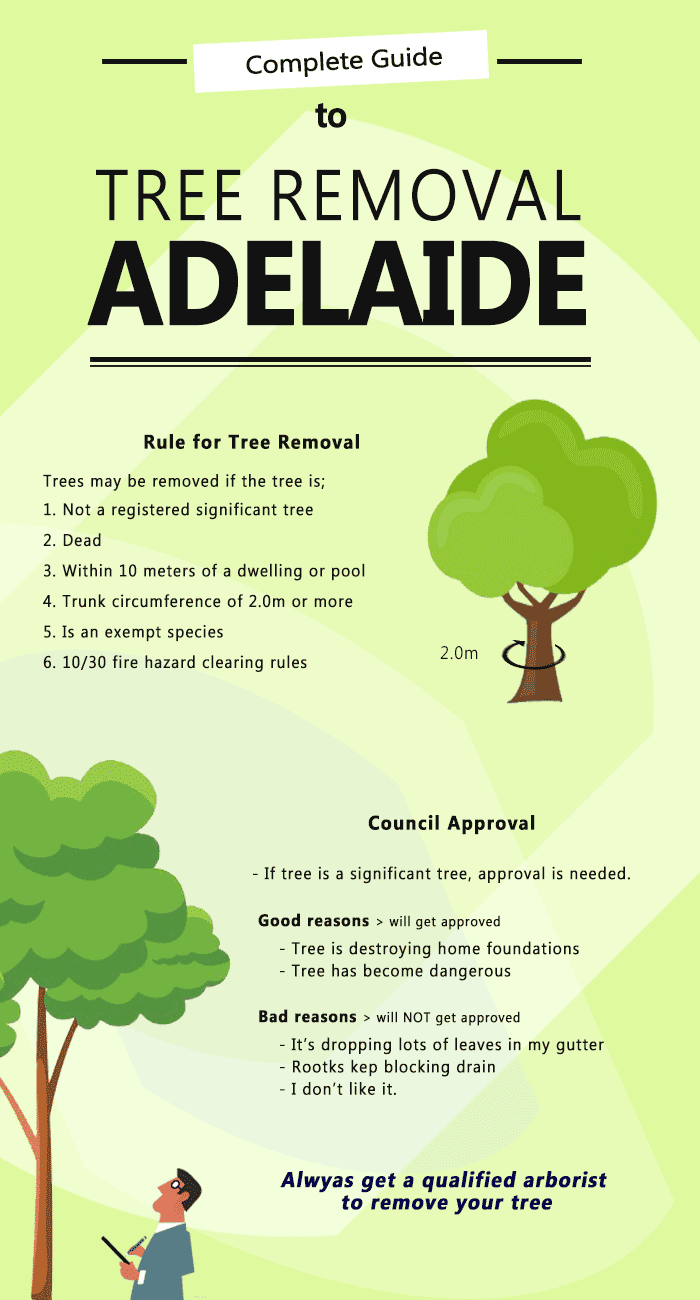Taking Care Of Your Landscape After Tree Removal Is Necessary For Its Restoration; Reveal Vital Actions To Freshen Your Environment And Prevent Future Issues
Taking Care Of Your Landscape After Tree Removal Is Necessary For Its Restoration; Reveal Vital Actions To Freshen Your Environment And Prevent Future Issues
Blog Article
Material Create By-Franks Cho
After a tree's removal, your landscape may look quite various, and it's necessary to examine the consequences thoroughly. You'll wish to assess the dirt disturbance and inspect bordering plants for any signs of anxiety. Neglecting these elements can bring about larger problems down the line. So, what should you make with those stumps and roots? And just how do you choose the most effective plants for your rejuvenated area? Allow's explore these crucial steps.
Analyzing the Aftermath: Evaluating Your Landscape
After a tree removal, it's crucial to evaluate your landscape to recognize the influence it has on your lawn.
Start by taking a look at the area where the tree stood. Search for indicators of soil disturbance, and examine the bordering plants for any anxiety or damage.
You need to likewise keep in mind of exactly how the removal has transformed sunlight exposure and airflow in your yard. This shift can impact the growth of nearby plants, so it's essential to assess their wellness.
Consider How To Trim A Dogwood Tree may develop an open space that you can redesign.
Ultimately, consider any type of prospective disintegration problems that could occur from the tree's lack. Dealing with these factors early will assist restore balance to your landscape.
Dealing With Stumps and Roots: Alternatives for Elimination
When you've analyzed the after-effects of the tree elimination, you'll likely need to deal with the stump and origins left behind.
You have a few choices for removal. One reliable approach is stump grinding, where a professional uses an equipment to grind the stump to below ground degree. This strategy leaves minimal interruption to your landscape.
If you choose a DIY approach, you can use a combination of excavating and chemical stump removers. Simply remember, this procedure can require time and effort.
Alternatively, take into consideration leaving the stump as a natural function, which can function as an unique garden aspect or habitat for wildlife.
Whatever you choose, dealing with the stump and origins is necessary for restoring your landscape.
Picking the Right Plant Kingdoms for Your New Space
As you analyze your newly cleared area, picking the right plants can considerably boost your landscape's elegance and capability.
Start by taking into consideration the sunshine and soil conditions. For sunny locations, select drought-resistant plants like lavender or succulents. In shaded areas, ferns and hostas thrive well.
Consider the dimension and development practices of your plants; mix perennials and annuals for seasonal variety. Do not fail to remember to include native types; they need less upkeep and support regional wild animals.
Team plants in weird numbers for an extra all-natural appearance and create layers for aesthetic deepness.
Finally, ensure you have a mix of colors and textures to keep your landscape vibrant throughout the seasons.
Delighted planting!
Conclusion
In conclusion, restoring your landscape after tree elimination is a rewarding process. By examining just click the next web site , resolving stumps and origins, and choosing the right plants, you'll produce a thriving environment. Do not neglect to include erosion control steps to shield your dirt. With a little initiative and treatment, you can change your area right into a dynamic yard that boosts your residential property. Welcome the chance to renew your landscape and delight in the beauty of nature right in your backyard!
